
1907 - 1985
Nikos Engonopoulos
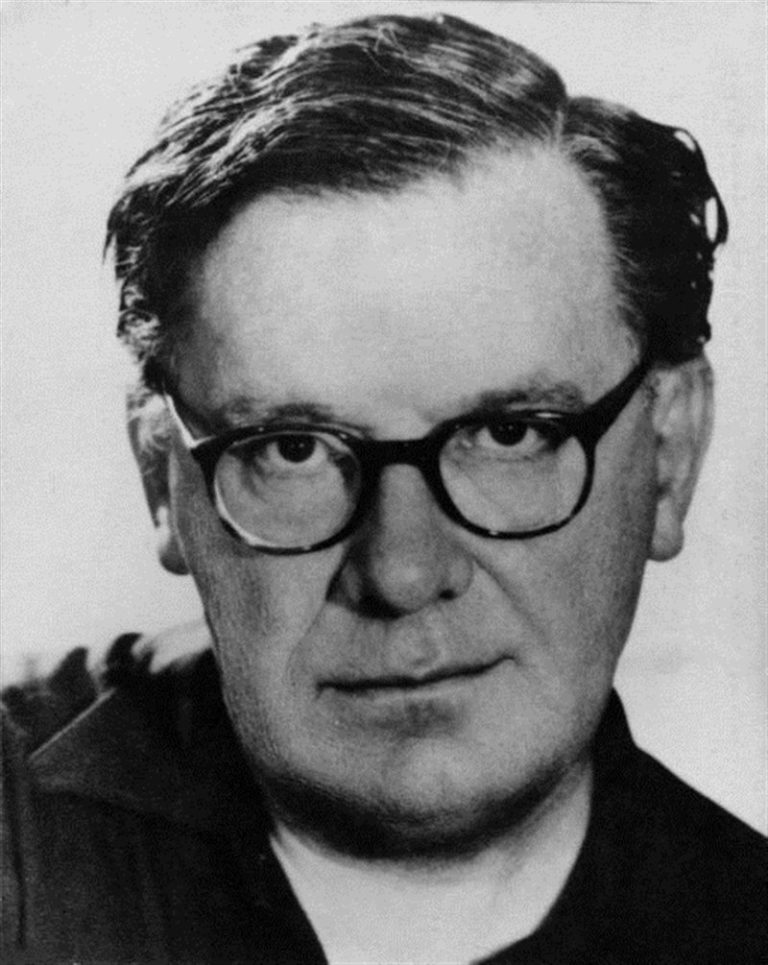
description
A Greek artist, stage designer, illustrator and famous poet, whose works are translated into all European languages and continuously reprinted. One of the leading and most consistent representatives of the Greek generation of the 30s, as well as a leading master of the surreal movement of his country.
Growing up on the Plaka near the Acropolis, the artist lived in Constantinople and in Paris, where he became acquainted with works of art and literary traditions. He received education at the Athens Higher School of Fine Arts and later devoted a lot of effort working as a teacher at the famous Polytechnic Institute of Athens and restoration activities in the post-war period. Nicos Engonopoulos was rightly called the Master of Colors and Poems; in 1966, he was awarded the prestigious Order of George I for his achievements in the field of fine arts; in 1971, he was awarded the Order of the Phoenix for his literary works. He was twice awarded the First State Prize of Greece in the field of culture.
Paintings of Engonopoulos, a prominent representative of early Surrealism, were shown at his numerous solo exhibitions; he participated in all significant Pan-Greek exhibitions, including architectural and theatrical ones. His works were demonstrated in New York and Rome, Venice and Vancouver, in Ottawa and other cities of the world.
Special occupations of Nicos Engonopoulos during his whole creative career were designing books, painting churches, designing clothes and creating projects of decorations for theater productions of various cultural centers of the country.
Key ideas:
– Nicos Engonopoulos always said, «I will never join Surrealism, because it has been inside me since the moment I was born, just like my passion for painting».
– Under the influence of the metaphysical world of De Chirico and the transcendence of Byzantine art, the artist tried to express the universality of Hellenism through his own vision of the images of antiquity.
– The master successfully visualized the functions of the unconscious through fantastic images – exactly according to the definition of Andre Breton, who described Ыurrealism as “mental automation of self-expression”.
– In the works of the Greek artist, apart from the surrealistic style, there are many elements and plots from ancient Greek and Byzantine art. They are recognizable (for example, Hermes), despite the fact that they are most often depicted without facial features and in a fragmented form.
– Engonopoulos usually shows the plot in a poetic theatrical setting in the appropriate scenery, which contains symbolic objects.
– Engonopoulos was extremely thorough and accurate in his creative process. He told the interviewer that he first made small drawings in order to catch the composition in its future final form. The master explained: “At some moment of my life, images are created in my mind, I try to transfer them to the canvas. At the same time, shapes and colours vary endlessly in mind, and therefore slowly make the final version».
– In modern Greek art, Nikos, with his rare versatile education and deeply comprehended national ethics, gave, according to one art expert, «the most honest spiritual forms of Greek art in the 20th century».
1907
1927
1932
1938
1939
1942
1949
1954
1959
1966
1983
1985
Nikos Engonopoulos was the second son in the Arnaut family
He attended art courses

Entered the Athens School of Fine Arts
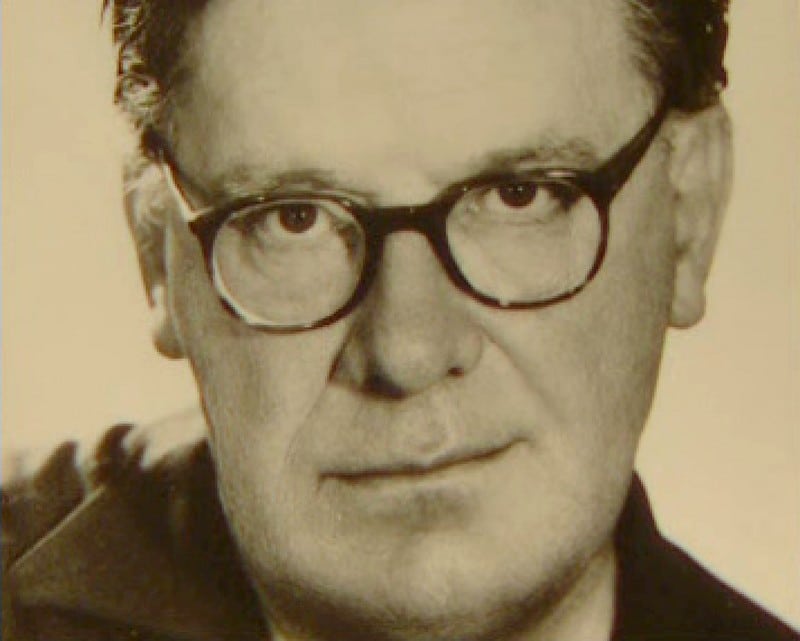
First presented his work at the exhibition “The Art of Modern Tradition”
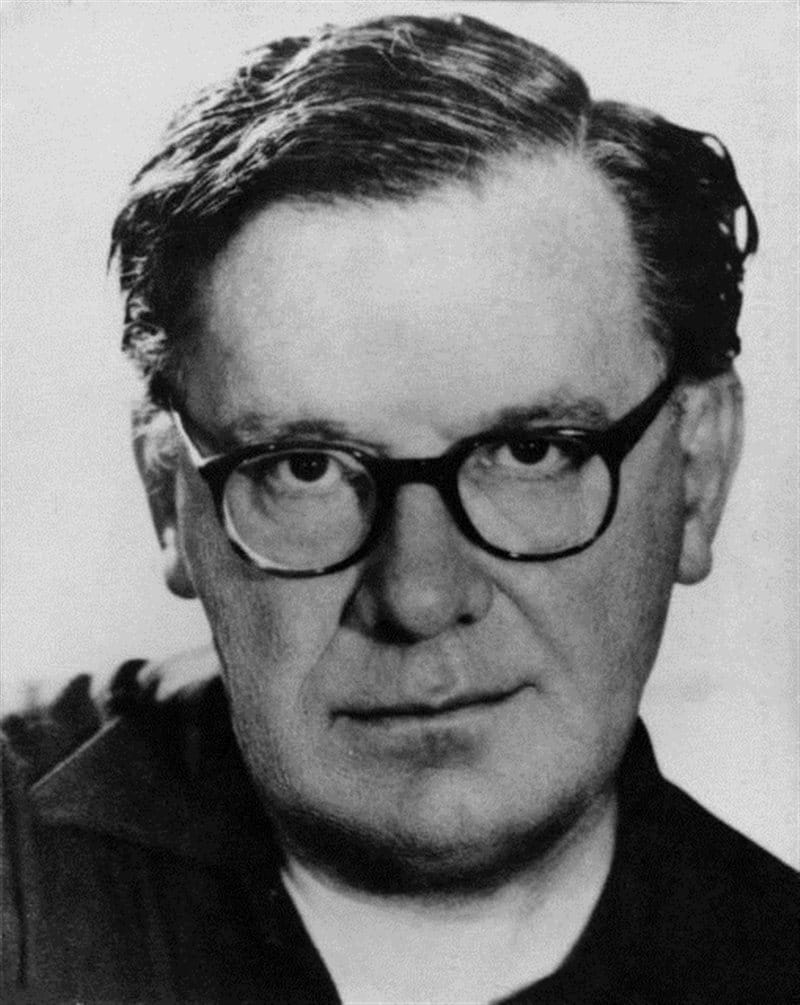
The first personal exhibition
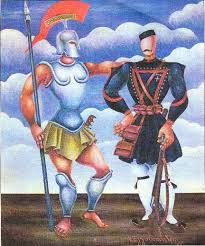
Participated in the Zappeion Professional Exhibition of Painting

Became a member of the ARMOS art group
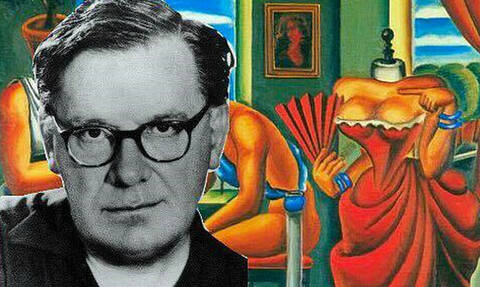
Exhibited his paintings at an exhibition of the International Union of Architects in Athens
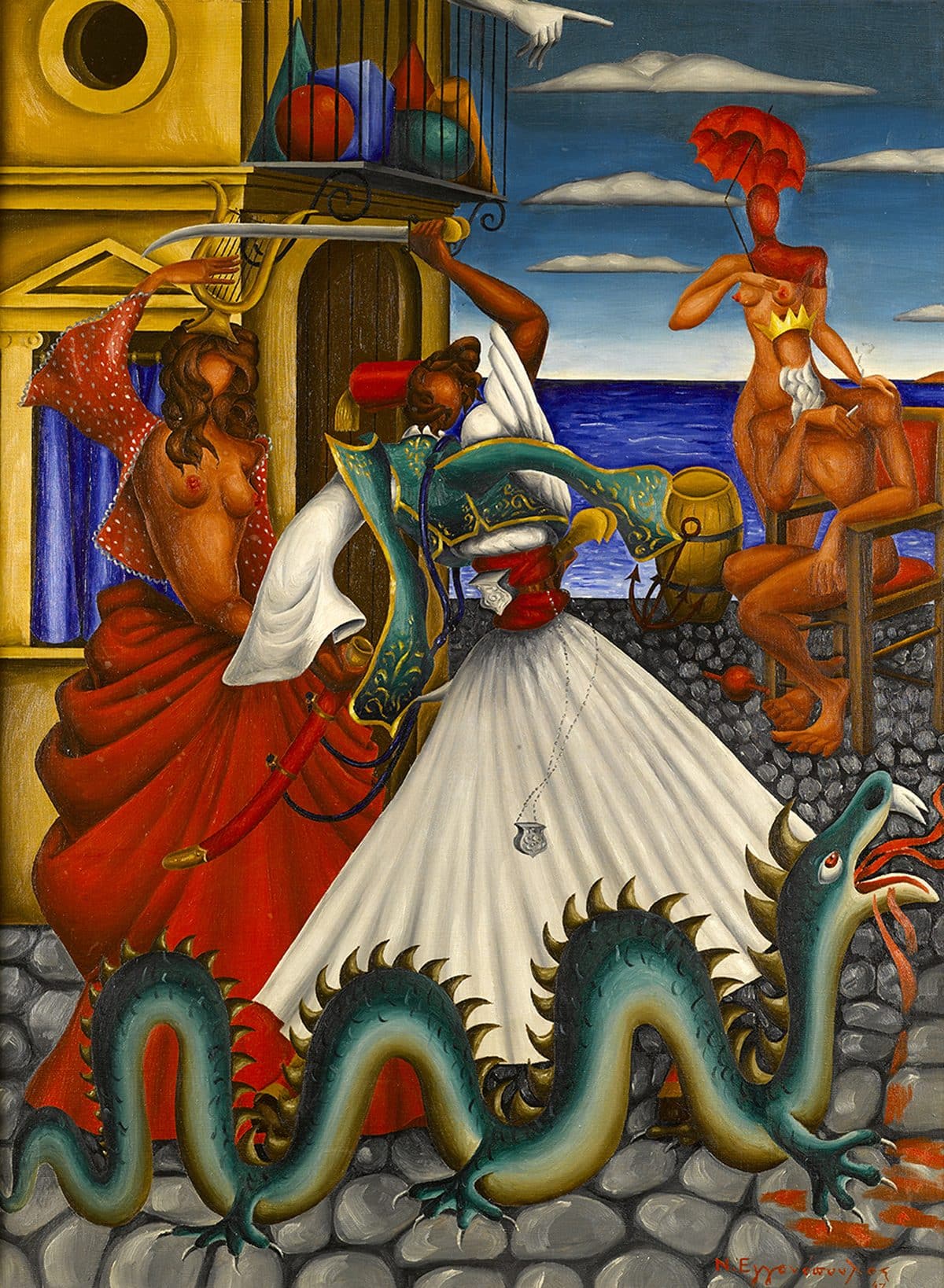
Participated in the group exhibition "Scales"

He was awarded the Golden Cross of George I for his painting
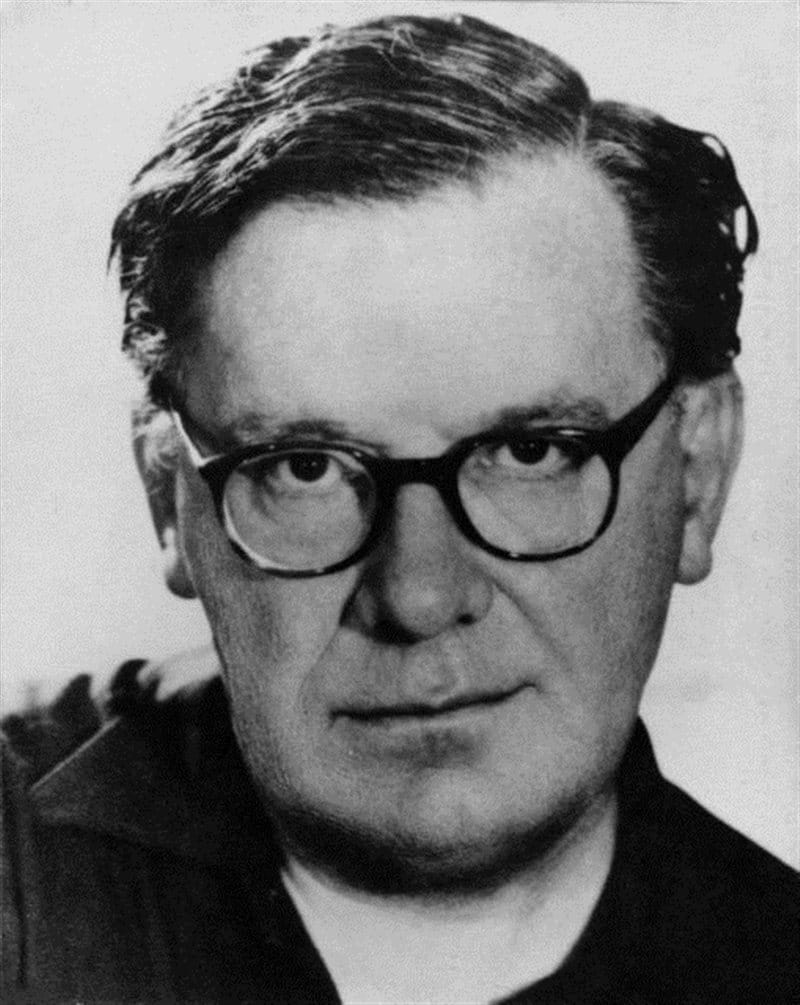
The retrospective exhibition of his works was held

Nikos Engonopoulos died

